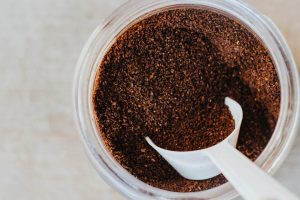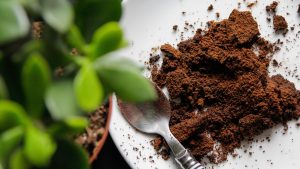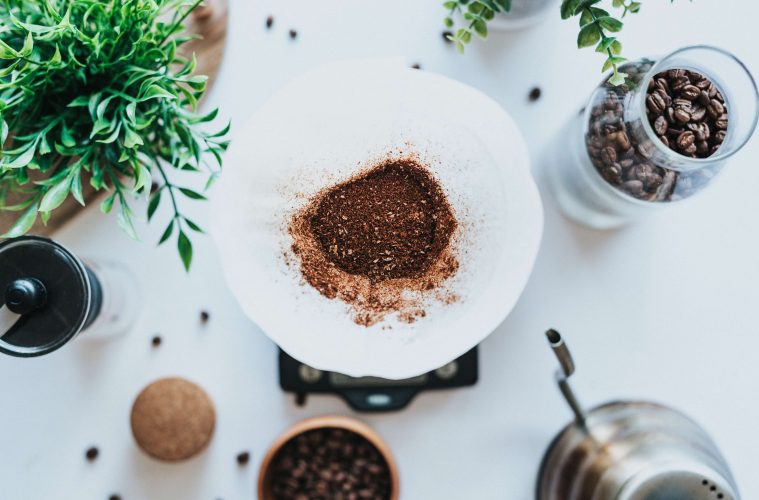Have you heard about using spent coffee grounds in your garden? This popular hack has been around for a while, with some debate surrounding the process. You may be wondering whether using coffee grounds in the garden has all the benefits gardeners believe they do. The short answer is yes but with some caveats.
Using coffee grounds in the garden
Using coffee grounds is a great way to repurpose your kitchen waste outdoors. Instead of shelling out money that you could be spending on plants, you can use coffee grounds that would otherwise go in the bin. In terms of plant health, coffee grounds also contain around 2% nitrogen according to studies. Nitrogen is important for strong leaf and stem growth, and coffee grounds can supplement the nutrient needs of leafy plants. However, using coffee grounds alone can lead to a nutrient imbalance in the soil, so it’s best to use them in compost where they can break down and release nitrogen over time.

Unsplash
Here are some tips for using coffee grounds to boost your garden’s vitality:
Rich in nutrients: Coffee grounds are a valuable source of nitrogen, phosphorus, and potassium, essential nutrients for plant growth. Sprinkle them around your plants or mix them into your compost to enrich the soil naturally.
Improved soil structure: Coffee grounds help improve soil texture, making it looser and more aerated. This enhances water retention and drainage, creating optimal conditions for plant roots to thrive.
Repel pests: Coffee grounds act as a natural barrier against common garden pests like snails, slugs, and ants. Create a protective border around susceptible plants to deter unwanted visitors.
Acid-loving plants: Coffee grounds are slightly acidic, making them perfect for acid-loving plants like azaleas, rhododendrons, and blueberries. Sprinkle grounds around these plants to maintain their preferred soil pH.
Compost boost: Add coffee grounds to your compost pile to accelerate decomposition and reduce odors. Their high carbon-to-nitrogen ratio helps balance the composting process.
Fertiliser tea: Brew a weak coffee solution (1 part coffee grounds to 4 parts water), let it cool, and use it as a natural liquid fertilizer for your garden.
Worm food: If you have a worm compost bin, coffee grounds are a gourmet treat for your wriggly friends. They love the grounds, which add valuable nutrients to their castings.

Pexels
There are also a few downsides to be aware of. Studies have shown that using too many coffee grounds can actually hinder growth. While spent coffee grounds have less caffeine than fresh grounds, the level is still quite high for plants. The key is to use coffee grounds sparingly and mix them in with other compost materials. Another downside is their impact on moisture levels. If coffee grounds are left to dry out, especially when used in a thicker layer as mulch, they become hydrophobic and stop moisture from reaching the soil below.
Ultimately, the best use for your coffee grounds is in your compost. However, if used sparingly and carefully, they can also be used in the garden. Experiment for yourself to see what works for your plants.
A version of this article was originally published in the Garden&Home May 2023 printed magazine.
Feature image: Unsplash

